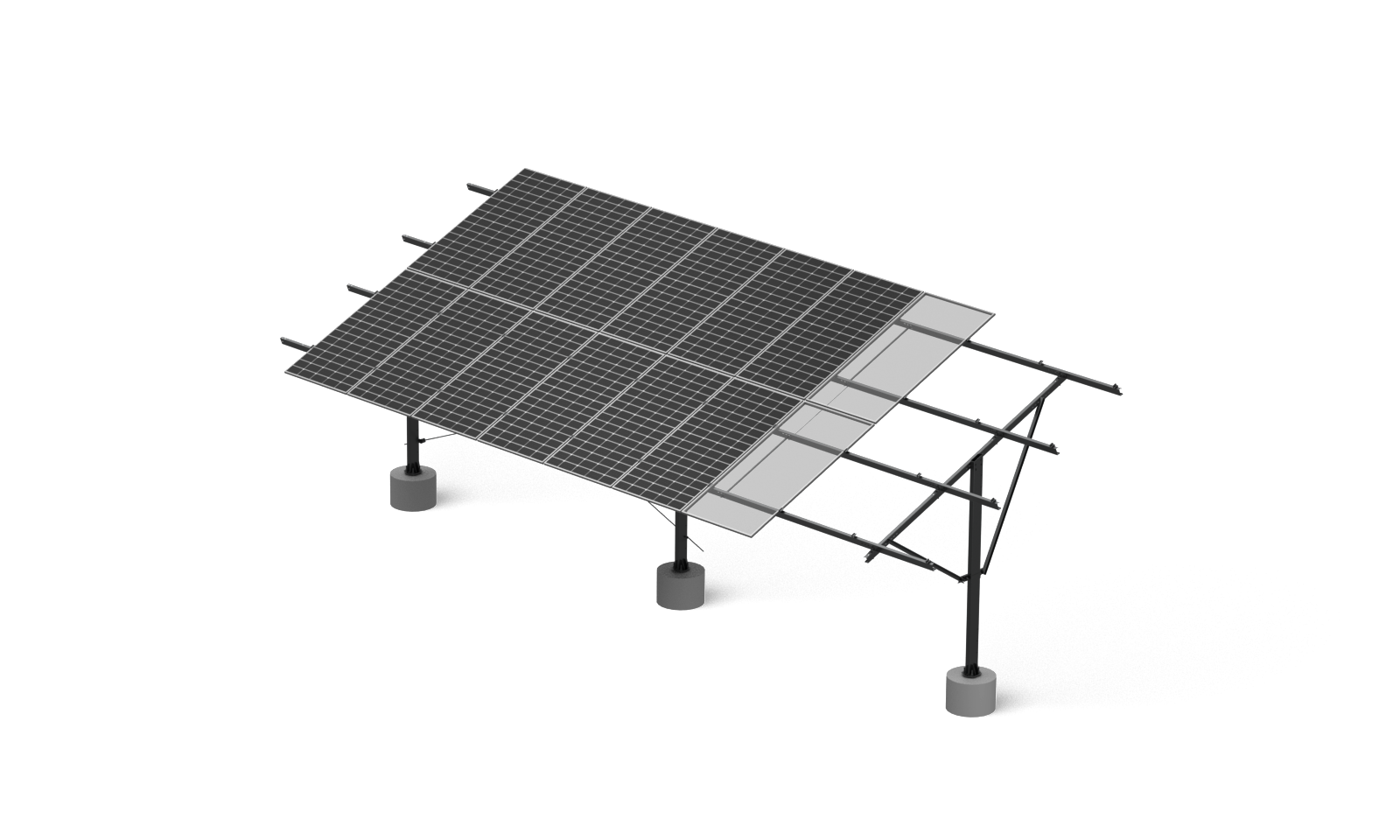Considerations for Pile Driven Solar Mounting Systems
November 01, 2025
Site characteristics often dictate the most suitable foundation method for ground-mounted solar installations. In areas with soft soil, high water tables, or specific elevation requirements, certain approaches offer more reliable performance than others. The pile driven ground mounting technique represents one such approach, providing a structural solution for projects where standard foundations might encounter limitations. This method involves driving solid supports deep into the earth to create a stable base for solar arrays.

Adapting to Complex Geological Conditions
The pile driven ground mounting system demonstrates particular usefulness in geographically challenging environments. Locations prone to seasonal flooding or with consistently high moisture content in soil can compromise traditional foundation integrity. The installation process for pile driven ground mounting allows supports to reach stable subsurface layers, offering improved resistance to soil erosion and water damage. This capability makes the pile driven ground mounting method applicable for solar projects in coastal areas, river plains, or other landscapes where water exposure remains a constant factor. The elevated nature of these installations also maintains necessary clearance above potential flood levels.
Installation Process and Structural Longevity
The execution of pile driven ground mounting requires the use of specialist equipment in order to insert supports to depths that have been planned in advance. This method often requires less time than alternatives to concrete foundations since it does not include any curing periods and decreases the amount of earthwork that is required for preparation. When it comes to the overall ground mount solar racking structure, the fact that the piling components are prefabricated makes the assembly procedure simpler and more uncomplicated. After they have been built, these systems are renowned for their structural longevity and their ability to tolerate a variety of environmental conditions for extended periods of time. Typically, protective treatments are applied to the materials that are utilized in pile driven ground mounting systems. These treatments are designed to prevent corrosion and ensure that the materials continue to work effectively throughout the lifetime of the solar project.
One of the most important aspects of planning a solar project is still selecting the suitable mounting infrastructure. For locations where soil conditions or water exposure cause issues for conventional foundations, the pile driven ground mounting system presents a practical option that can be beneficial. At the same time that it supports the long-term performance of solar systems, this technology offers a dependable structural solution that can accommodate particular environmental circumstances. Antaisolar pile driven systems are a suitable option for projects that require unique foundation solutions because of the technological qualities that have been outlined.

Adapting to Complex Geological Conditions
The pile driven ground mounting system demonstrates particular usefulness in geographically challenging environments. Locations prone to seasonal flooding or with consistently high moisture content in soil can compromise traditional foundation integrity. The installation process for pile driven ground mounting allows supports to reach stable subsurface layers, offering improved resistance to soil erosion and water damage. This capability makes the pile driven ground mounting method applicable for solar projects in coastal areas, river plains, or other landscapes where water exposure remains a constant factor. The elevated nature of these installations also maintains necessary clearance above potential flood levels.
Installation Process and Structural Longevity
The execution of pile driven ground mounting requires the use of specialist equipment in order to insert supports to depths that have been planned in advance. This method often requires less time than alternatives to concrete foundations since it does not include any curing periods and decreases the amount of earthwork that is required for preparation. When it comes to the overall ground mount solar racking structure, the fact that the piling components are prefabricated makes the assembly procedure simpler and more uncomplicated. After they have been built, these systems are renowned for their structural longevity and their ability to tolerate a variety of environmental conditions for extended periods of time. Typically, protective treatments are applied to the materials that are utilized in pile driven ground mounting systems. These treatments are designed to prevent corrosion and ensure that the materials continue to work effectively throughout the lifetime of the solar project.
One of the most important aspects of planning a solar project is still selecting the suitable mounting infrastructure. For locations where soil conditions or water exposure cause issues for conventional foundations, the pile driven ground mounting system presents a practical option that can be beneficial. At the same time that it supports the long-term performance of solar systems, this technology offers a dependable structural solution that can accommodate particular environmental circumstances. Antaisolar pile driven systems are a suitable option for projects that require unique foundation solutions because of the technological qualities that have been outlined.
end
